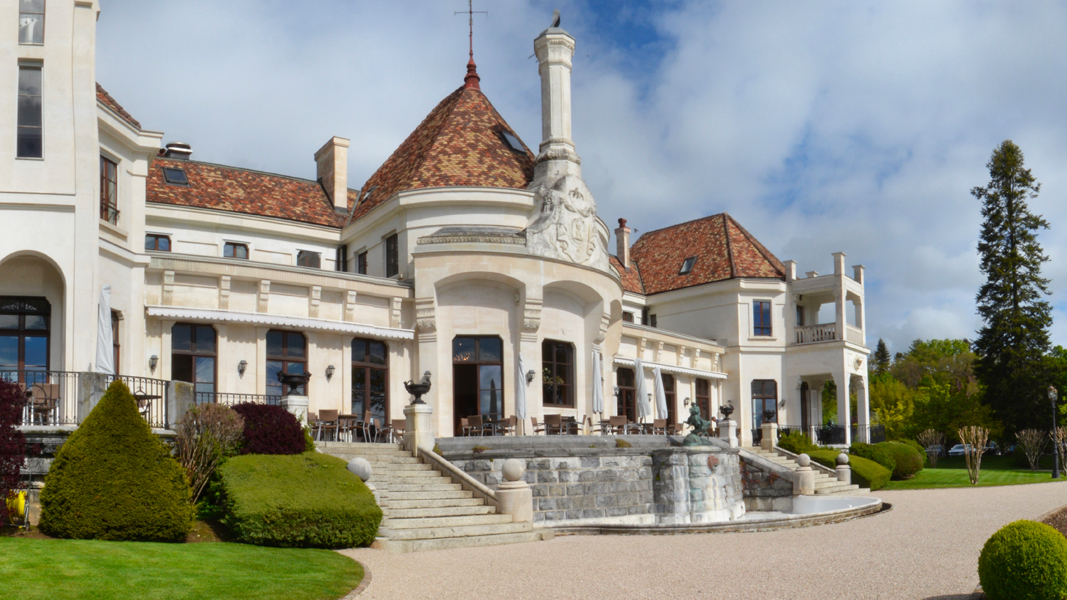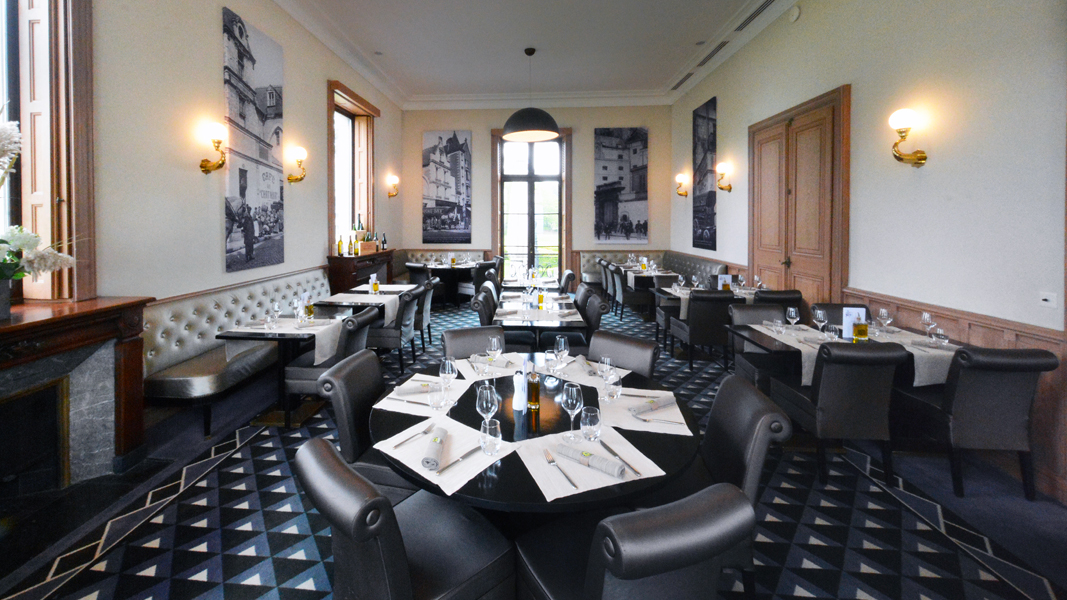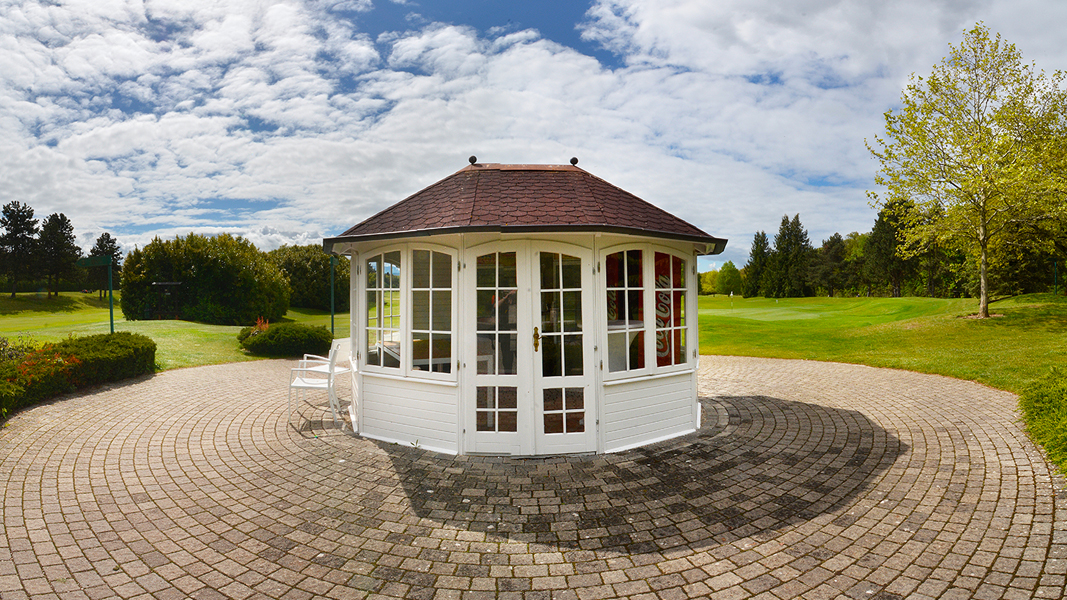History
The Domaine Impérial clubhouse, originally known as La Villa Prangins, was constructed in 1860 on the orders of Prince Jérôme Napoléon (1822-1891), son of Jérôme Bonaparte—brother of Emperor Napoléon and a former King of Westphalia.


In 1859, Prince Jérôme Napoléon bought some of the land that his uncle had previously owned in Prangins, namely 300 hectares to the east of Promonthoux. He commissioned Emile Trélat (founder of the Paris School of Architecture) to design a relatively modest Villa Prangins.
But after the fall of his cousin Napoléon III in 1870, Prince Jérôme divided the estate and sold the villa to his English friend, Charles Lucas. It’s highly likely that Lucas was responsible for several tees and greens, the remains of which were uncovered as the present course was being constructed.
For a while several proprietors succeeded one another until Villa Prangins was partially destroyed by fire in 1899 and was reconstructed the following year. Jules Couchoud, a Master Printer from Lausanne, acquired the property in 1910 and set about restoring it with the elaborate touches and adornments of the period—but then sold it almost immediately to Ashton Clarke, a wealthly Parisian.
In 1919, this owner took in Charles, the destitute first Emperor of Austria and King of Hungary, the Kaiserine Zita and their several children, during their three years in exile.


Ernest Morf bought the property in 1953 and the building’s decorative embellishments (added 50 years previously) were removed in 1960, the southern aspect finally appearing as it does today.
Victor Morf inherited Villa Prangins from his father in 1971 and four years later got together with Gaston Zimmermann, the architect, and Claude Soupart, the Geneva property developer—the objective being to create a Country Club.

